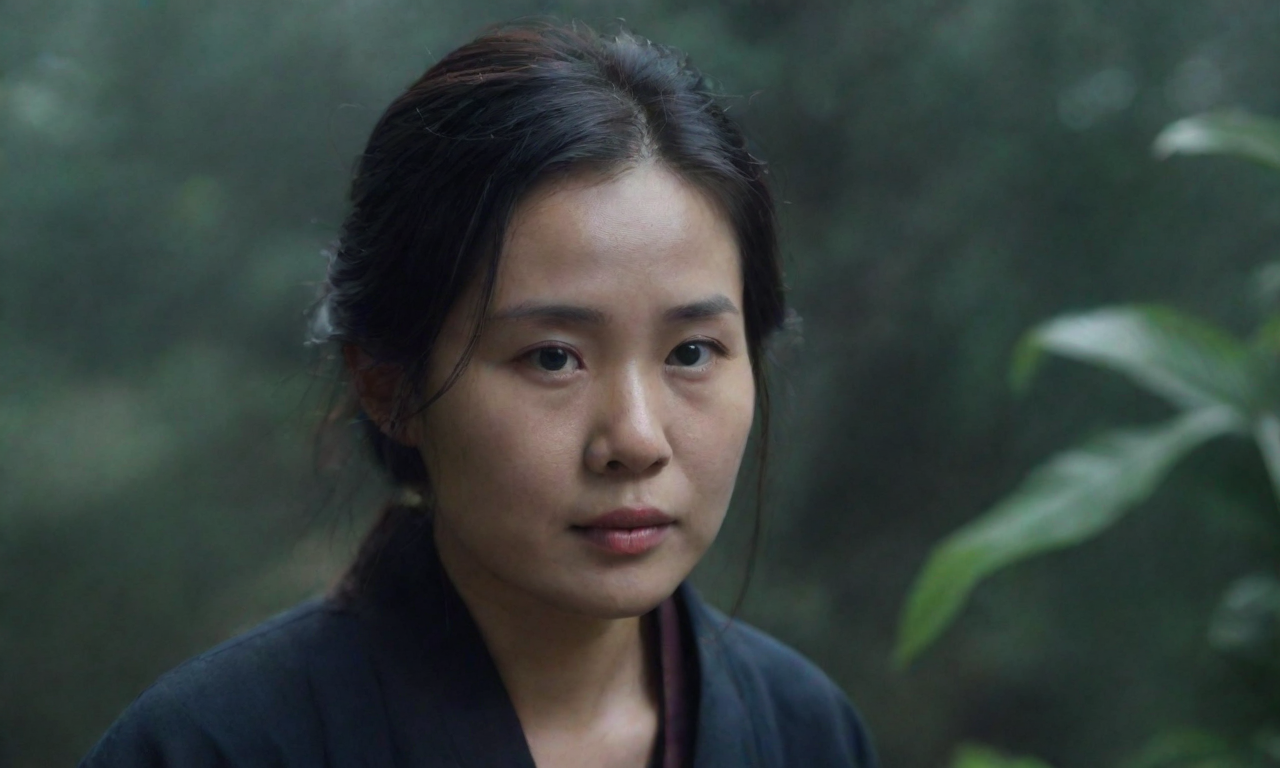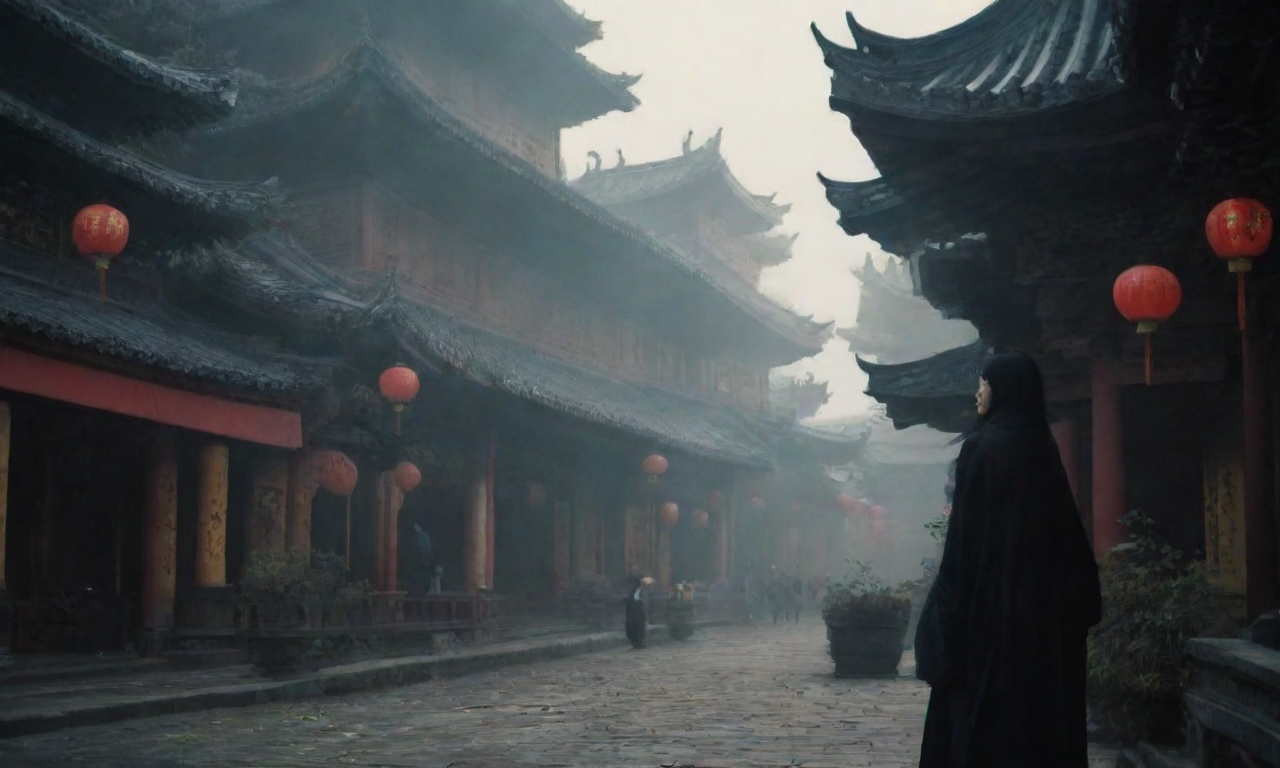On February 15th, OpenAI, an American artificial intelligence research company, released a large-scale AI model called Sora, capable of simulating the real physical world and generating complex scenes with multiple characters and specific movements. Currently, based on user text prompts, Sora can create realistic videos up to 60 seconds long, making it one of the hottest technology news on the internet recently. Over the past two years, from ChatGPT3.5 and GPT-4 Turbo to today's Sora, it can be said that OpenAI is creating wonders in the field of artificial intelligence at an astonishing pace.
In the past few days, I carefully watched the short videos made by the Sora model circulating on the internet. The high-quality visuals seamlessly match the surroundings, and even I cannot replicate this effect. Honestly, if I were to distinguish between truth and falsehood, I believe most people, myself included, would not have the ability to differentiate.
It is worth noting that the phenomenon of blurring the line between truth and falsehood, brought about by countless technological revolutions from the industrial era to the internet era, is essentially the same as the current Sora short videos. However, with the iteration and upgrade of technology, it is becoming increasingly difficult to discern what is real and what is fake. This raises a universal and anxiety-inducing question - how do we preserve the truth after Sora?
After the collapse of the boundary between truth and falsehood
Undoubtedly, artificial intelligence represented by the Sora model is a prelude to a new round of technological revolution. With the gradual emergence of application scenarios, the emergence of new profit models, and the accelerated pace of technological iteration, the unstoppable technological revolution brought by artificial intelligence is accompanied by vast business prospects.
While the broad commercial prospects are not discussed here, I am more concerned about the direct impact it has on social concepts and collective cognition. This is because the videos created by the Sora model may directly blur the boundaries between truth and falsehood. Coupled with the increasingly permeable boundaries between reality and virtuality, all of this could lead to the collapse of the cognitive framework of society, followed by a series of abrupt chain reactions that catch people off guard. It can be said that technology once again puts humanity in a passive situation at the precipice of transformation. Therefore, let us imagine what would happen after the collapse of the boundary between truth and falsehood.
Suppose that fraudsters gain access to this technology and use personally gathered information to produce short videos where the people, places, and times are all real. They can even manipulate the voice through technology and design it according to a script. For example, they could falsely claim that the victim was involved in a car accident and urgently needs funds for treatment. How would the family members of the victims identify the truth? Telephone scams, in comparison, are relatively rudimentary. Another example is political opponents/enemies using fabricated negative videos to frame their competitors. How can the public discern truth from falsehood? In these scenarios, the traditional standard of "seeing is believing" no longer holds. Many similar scenarios can be listed, and the essence of all these potential dangers lies in the concealment of truth caused by the collapse of the boundary between truth and falsehood.
Without corresponding strong supervision mechanisms, anyone in the future could become a victim of this new technology. This is the irony of technological development: many people do not enjoy the dividends brought by technology but suffer the inconvenience caused by its misuse, such as the unfriendliness of various digital technologies towards the elderly. The more serious problem caused by the collapse of the boundary between truth and falsehood is that it will destroy the underlying concepts and cognitive frameworks that maintain social order, pushing society into a state of disorder like a domino effect.
As we all know, the underlying foundation of all social order frameworks and rules is based on three fundamental concepts: truth, goodness, and beauty. Among them, "truth" is the most basic concept that determines the direction of changes in "goodness" and "beauty" standards. In other words, if truth does not exist, it leads to the construction of facts, resulting in relativism in epistemology. This kind of relativism, when extended to the moral domain, leads to moral relativism, which denies the existence of universal moral facts. Under the dominion of this relativism, aesthetics, which originally belonged to the subjective realm, will be distorted.
Specifically, "truth" plays a role in establishing a trust system in social operation. The more a society's truth is highlighted, the larger the radius of its trust system, and the lower the transaction costs of the entire society. This is the deep-seated reason why the blurring of the boundary between truth and falsehood by products like Sora generates universal anxiety. When the law of contradiction is no longer reliable, what standards should we use to judge right from wrong in the world?
Behind the truth, there is still truth as support, and its standard is constant. For example, 2+2=4 will never change. However, the standards of "goodness" and "beauty," which are formed based on the truth, are variable. Once truth goes into hiding, the impact of short videos like Sora on the latter will be even more severe, potentially completely altering the standards of goodness and beauty for a certain era.
It is difficult for people to judge whether their own behavior is disqualifying, and the results generated by machines are even more beyond human control. Short videos repeatedly construct a certain extreme standard of behavior that is false, and over time, people will come to believe that it is virtuous, even though this virtuous standard may contradict our current social order. For example, the ancient Chinese concept of "Twenty-Four Filial Exemplars" was once considered virtuous, but today these examples are seen as almost immoral.
Moral truths/moral truths can be shaped. As the British philosopher Hector MacDonald said, powerful communicators can encourage the acceptance of new moral truths within an entire group. Currently, we are in a period of transformation for standards of good and evil. If truth disappears in a radical way, the standards of good and evil will face a major reshuffling.
Similarly, standards of beauty also change. If Sora continuously produces strange standards of beauty and ugliness in short videos, people will gradually change their perception of beauty in a subtle background. Irrational obsessions with plastic surgery, diamonds, luxury goods, and so on, are often the result of years of advertising and marketing by businesses. This covert form of promotion appears in a consumerist posture, making it easier to establish a distorted aesthetic standard.
Aesthetics should be a diverse individual experience, but now large models, with their powerful autonomous learning abilities and full grasp of personal data, can achieve precise targeted "feeding" based on individual preferences. In this way, they shape the standards of beauty and ugliness for an era, resembling an information cocoon. These standards have no right or wrong, and often go unnoticed, making it more difficult to eliminate the harm they bring. Just think about the changing standards of beauty throughout history and how the foot-binding practice harmed the lives of so many women.
Distributed Truth-Saving Mechanism
Philosopher Popper once proposed a concept - verisimilitude - when distinguishing the truthfulness of theories. A theory with higher verisimilitude is considered better when compared to another theory. On the journey to save truth, we can use this concept of verisimilitude to a limited extent. However, verisimilitude is limited because even if technical experts try to distinguish these videos produced by an upgraded version of Sora, there is no guarantee that they can identify them completely. They can only say that they are more reliable than ordinary people in discerning, but their verisimilitude is only slightly higher.
Therefore, fundamentally solving the phenomenon of truth's concealment requires considering it from a systemic perspective. For example, a third-party institution can be established to introduce auxiliary identification models for Sora's short videos, which can form a balance of power between the two sides. In theory, this can maximize the salvation of truth.
However, introducing auxiliary identification models will bring two potential problems.
Firstly, a technological arms race. The producers of short videos will continuously accelerate the speed of technological iteration, surpassing the existing technological level of identification models, and triggering upgrades in the identification models, thus creating a cycle.
If the iteration speed of video producers exceeds the iteration speed of the identification models, there will still be a period of truth's concealment. Based on past experience, capital will always run towards producers to surpass regulators and profit from the time difference. This is the profit-driven logic that technological development itself cannot overcome. This applies even more so to the powerful Sora model. Needless to say, capital inherently favors resources such as big data, algorithms, and computing power that have profit potential.
Artificial IntelligenceOpenAISoravideo generationfalse informationfraudulent behaviortruth-saving mechanism







